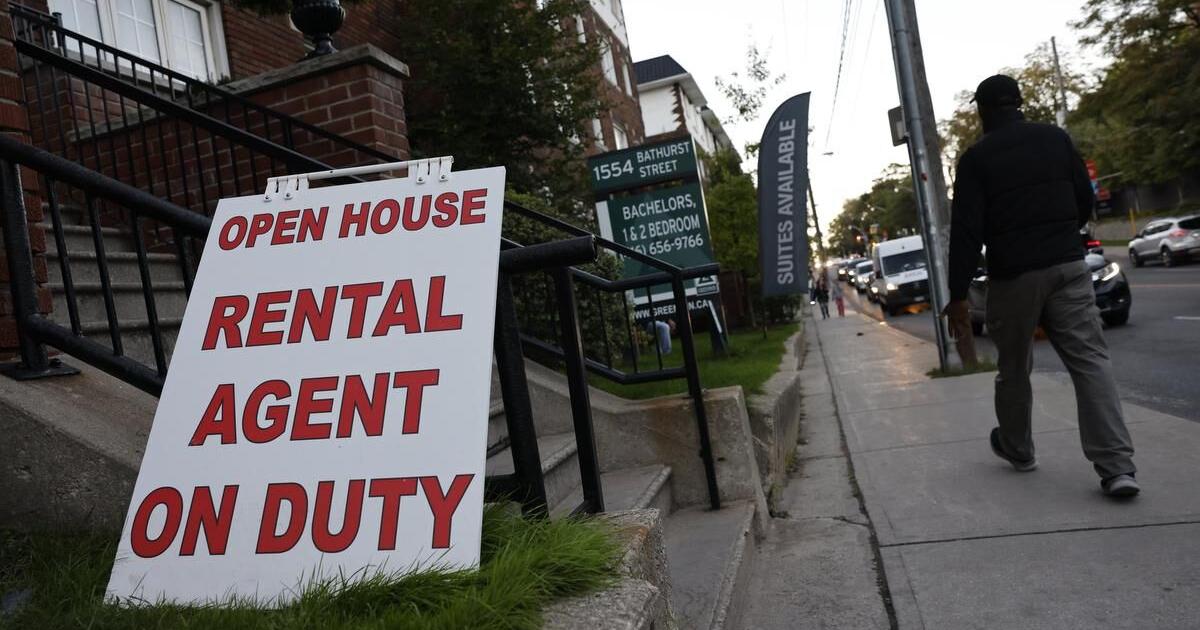This is not generally true.
First off many 'neighbourhood' zoned areas are very diverse and indeed majority minority. Second, apartment neighbourhoods also have protections. The idea that these are afforded by race is not evidence based, and is the sort of statement likely to get vitriolic backlash.
No.
What services do you imagine are being denied? Toronto in fact allocates lots of extra resources to areas with economic challenges; from Free Recreation Centres to expanded libraries to publicly funded, free dental care.
In terms of services, I was referring to the additional bureaucracy that developments within these designated zones must go through, as I believe
@HousingNowTO made some light of the parking lot going through a heritage review further up the thread. I should have clarified, these heritage areas are not getting their bushes pruned by the city per say, but the amount of time city staff spend on appeasing the 'neighbourhoods' and especially those deemed heritage seems to far outstrip the 'apartment' neighbourhoods/sites of the city. I have not culminated any hard statistics on the matter, but I am sure we are familiar with the differing levels of pushback a project close to say Royal York Station would receive compared to the pushback a project at the adjacent Islington Station would experience.
And yes the neighbourhoods, especially in the boroughs are incredibly diverse, as this map displays. However the closer to the core a neighbourhood is, the more expensive and limited the 'neighbourhoods' are. Cabbagetown is infamous for its exclusivity and high level of white residents, a fact which this
map represents very clearly. (Based on 2011 Stats Canada Census).
One the eastern side of Parliament, where the row-house dominates, dotted by a rare few low-rise apartments, the demographics are overwhelmingly White.
Directly across the street, the hyper diverse neighbourhood that Toronto is known for is found in the high rises of St. James Town, and the older low rise apartments that continue westwards.
One of the craziest examples of this segregation through zoning is to be found in midtown.
Between the beltline trail and Davisville Avenue exists a very diverse cluster of apartments (and commercial buildings) constructed during the 20th century following the construction of line 1. This is thus a highly racially diverse pocket of the city.
There is a very sharp cutoff as the population north of Davisville Ave becomes almost exclusively white, and the residential units become overwhelmingly single family.
Then yet again as one heads north and crosses Soudan Avenue, in a shift so clearly correlated with housing typology, the population becomes hyper diverse once again. And yes to the east and west of this corridor, non white populations live in the neighbourhoods but at a markedly lower concentration and diversity (ie almost no black residents east of Mt. Pleasant) than within the apartment areas noted. This trend can be seen once again on the northern end of the Yonge/Eg node, as the demographics and buildings shift north of Keewatin Avenue.
Race absolutely does correlate with home ownership and or apartment dwelling, particularly in the core of Toronto. White Canadians are on average
wealthier, and that wealth is
increasingly tied up in home ownership as the housing crisis has worsened over the last few decades. This is by no means to say non white people do not own homes, or are universally impoverished, simply that statically being white correlates with an increased likelihood of home ownership and wealth.
Examples of this racial divide in built form exists across the city, including in my neighbourhood of New Toronto.
The leafy streetcar suburbs south of Lake Shore Blvd and closer to the lake are quite white, with notable minority populations centred largely in the apartments constructed in the area prior to the introduction of restrictive zoning in place today
North of, and along LakeSshore, in the more recently built co-ops composed of both low rise townhouses and high rises, the residents are overwhelmingly non white.
Torontos planning and built form is absolutely affected by the racial makeup and biases within the city residents and municipality, and I think it's very important to be conscious of that. This is not Jmi22 original thesis by any means btw, there are a lot of great researchers writing about this,
Nemoy Lewis being one of them.

/cloudfront-us-east-1.images.arcpublishing.com/tgam/U5MVD4FSSZOU3KQWU35PJOBEVU.jpg)
